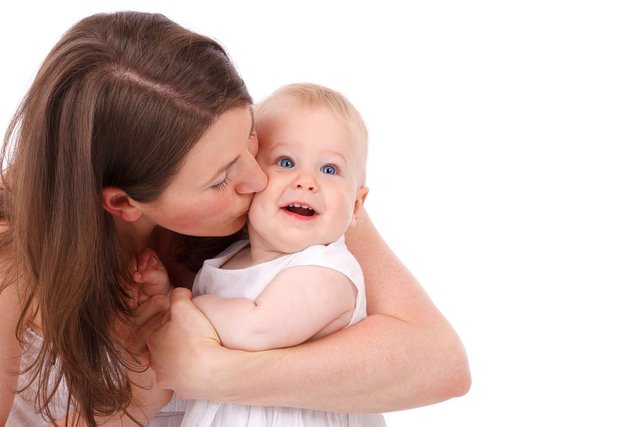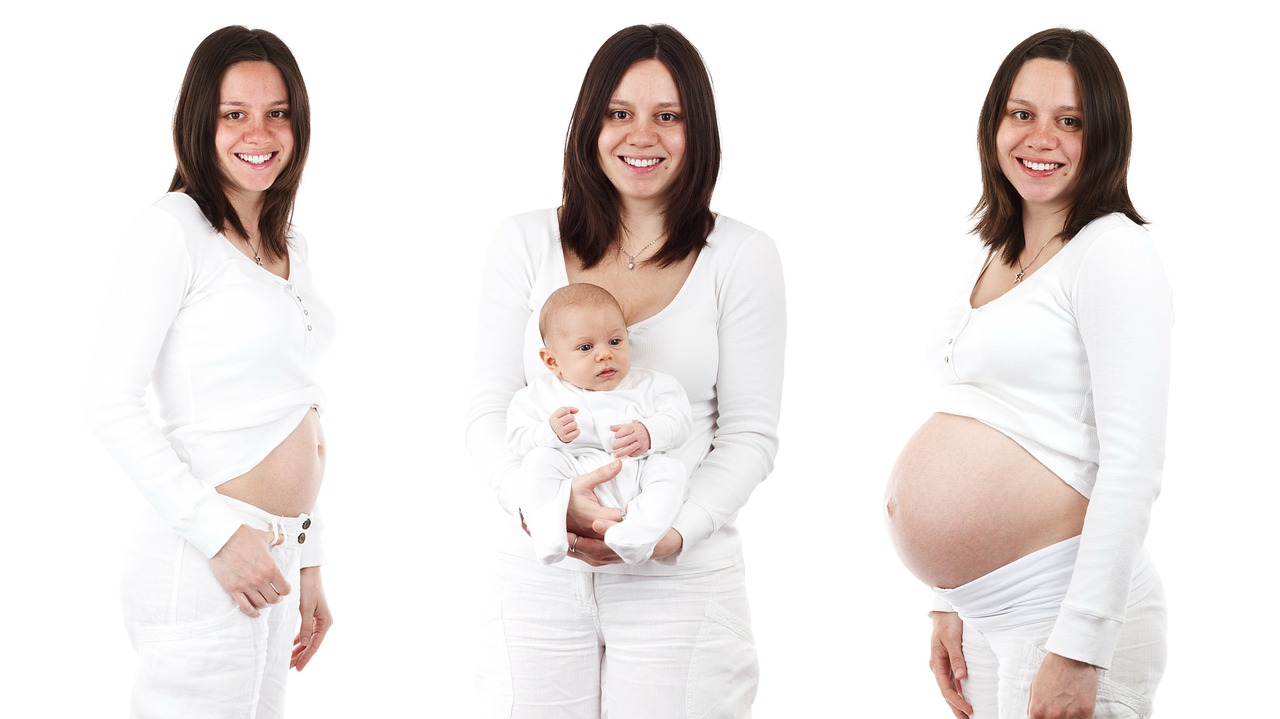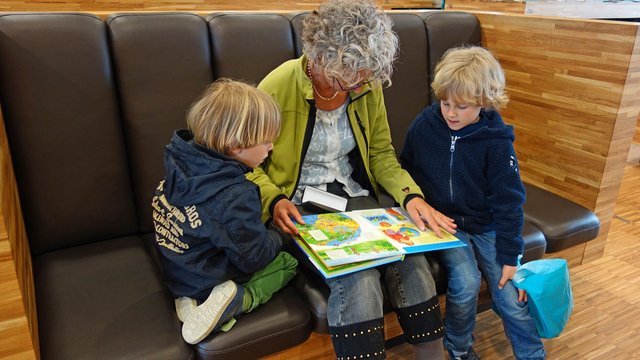Physical and Psychological Development in future Teenage Moms
ABSTRACT
 [IMAGE SOURCE : PIXABAY]
[IMAGE SOURCE : PIXABAY]
Foundation and goals: Teenage childbearing may have youth starting points and can be seen as the result of an intelligent conceptive system related with early ecological conditions. Life-history hypothesis would foresee that where fates are unverifiable wellness can be amplified through redirecting exertion from physical advancement into proliferation. Indeed, even before the childbearing years, future young moms vary from their companions both physically and mentally, demonstrating early adjustment to key natural elements.
INTRODUCTION
 [IMAGE SOURCE : PIXABAY]
[IMAGE SOURCE : PIXABAY]
Most ladies in Western populaces defer the beginning of childbearing. Be that as it may, there is a little minority who move toward becoming moms previously the age of 20. This 'high school childbearing' wonder keeps on drawing in general wellbeing interest and strategy intercessions, in spite of the fact that the reason for thinking of it as a noteworthy issue is begging to be proven wrong. Arrangement producers regularly see high school childbearing as an oversight, coming from absence of aptitudes and learning encompassing contraception and sexual connections. Notwithstanding, the dispute that prophylactic conduct or information is a noteworthy causal factor isn't very much bolstered by prove. Also, projects of mediation that give prophylactic training to young people have been found to have no impact on the rate of high school childbearing.
On the off chance that adolescent childbearing is the result of an intelligible regenerative technique, and if that procedure is incited by early ecological conditions, at that point we can foresee that future high school moms will vary from their associates from numerous points of view past their insight about contraception. In addition, these distinctions ought to be clear well before the childbearing years. Physically, we ought to expect generally poor development ahead of schedule throughout everyday life, since development quickly when birth is exceptionally delicate to maternal venture. This ought to however be combined with before adolescence, and due to the connection between pubertal development and stature increment, likewise with prior end of stature development.
PHYSICAL DEVELOPMENT
 [IMAGE SOURCE : PIXABAY]
[IMAGE SOURCE : PIXABAY]
Our physical improvement measures incorporate birthweight (oz), weight (kg) and stature (m) estimated at the ages of 7, 11, 16 and 23. We additionally utilized these factors to figure the puts on in weight and tallness in the vicinity of 7 and 11, 11 and 16 and 16 and 23. Pubertal improvement was surveyed at 11 and 16, with doctors evaluating bosom advancement (scales 1– 5 at age 11, missing/transitional/grown-up at age 16) and pubic hair (scales 1– 5 at age 11, truant/inadequate/middle of the road/grown-up at age 16). We treat the age 11 pubertal advancement factors as persistent, and for the age 16 factors, we differentiate 'grown-up' (the modular reaction) with 'non-grown-up' (alternate alternatives joined).
At age 7, the cases had higher aggregate BSAG scores than the controls (t1095 = 5.77, P < 0.01, d = 0.35). At age 11, the distinction had turned out to be more stamped (t1034 = 7.25, P < 0.01, d = 0.45). At age 7, cases were fundamentally more inclined to have a non-zero score than controls for unforthcomingness, melancholy, antagonistic vibe towards grown-ups, discounting grown-ups and gauges, irrelevant conduct, and incidental side effects. At age 11, cases were fundamentally more inclined to have a non-zero score than controls on all subscales aside from withdrawal and uneasiness about acknowledgment by grown-ups. Impact sizes for the BSAG subscales were for the most part generous, with a mean OR of 1.82 at age 11.
GROWTH AND PHYSICAL DEVELOPMENT
 [IMAGE SOURCE : PIXABAY]
[IMAGE SOURCE : PIXABAY]
All distinctions in weight and furthermore in weight pick up were non-noteworthy after age 7. The cases were fundamentally shorter than the controls at 7 and 11, and after that again at 23. The tallness pick up 7– 11 and 11– 16 was the same for cases and controls (information not appeared). Be that as it may, the stature pick up in the vicinity of 16 and 23 was essentially less for the cases than controls (t788 = −4.49, P < 0.01, d = −0.32). The mean stature increase 16– 23 for the cases was 0.7 cm, contrasted with 1.5 cm for the controls.
There was no distinction in appraisals of breast or pubic hair advancement at age 11 amongst cases and controls (t946 = −0.92, n.s.; t945 = 0.05, n.s.). Be that as it may, at age 16, cases will probably be judged to have grown-up breast than the controls (possibly noteworthy: OR = 1.34, 95% CI 1.00– 1.81, P = 0.05). The chances of being judged to have grown-up pubic hair were not altogether extraordinary amongst cases and controls (OR = 1.18, 95% CI 0.88– 1.57). Menarche was altogether before in the cases than controls (t859 = −3.35, P < 0.01, d = −0.23), with a mean contrast of 0.29 years.
THANKS FOR READING..... HOPE YOUR ENJOY AND BENEFIT FROM IT...

DONT FORGET TO FOLLOW @PRETTY-CYNTHIA
Dear friend, you do not appear to be following @wafrica. Follow @wafrica to get a valuable upvote on your quality post!